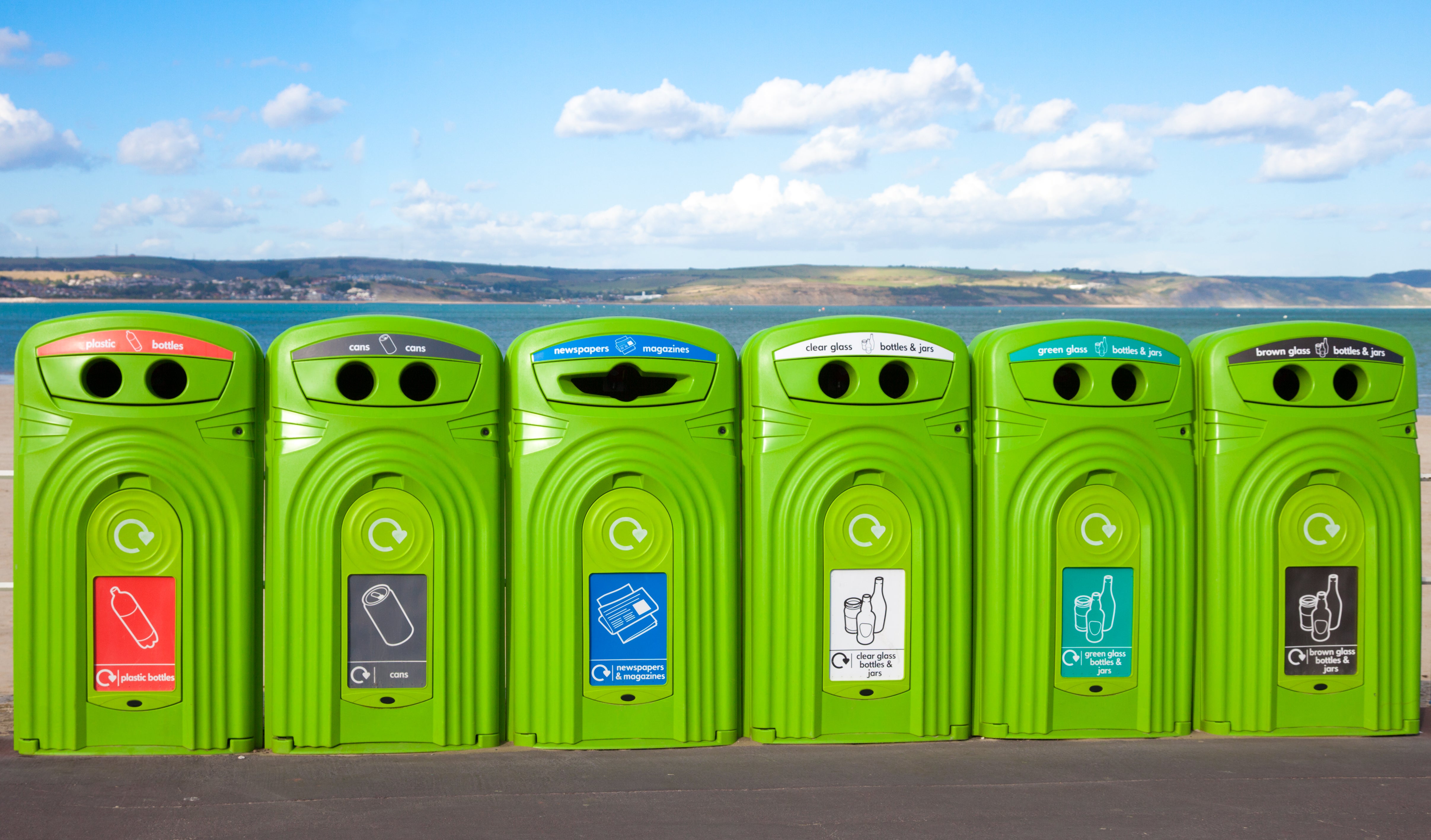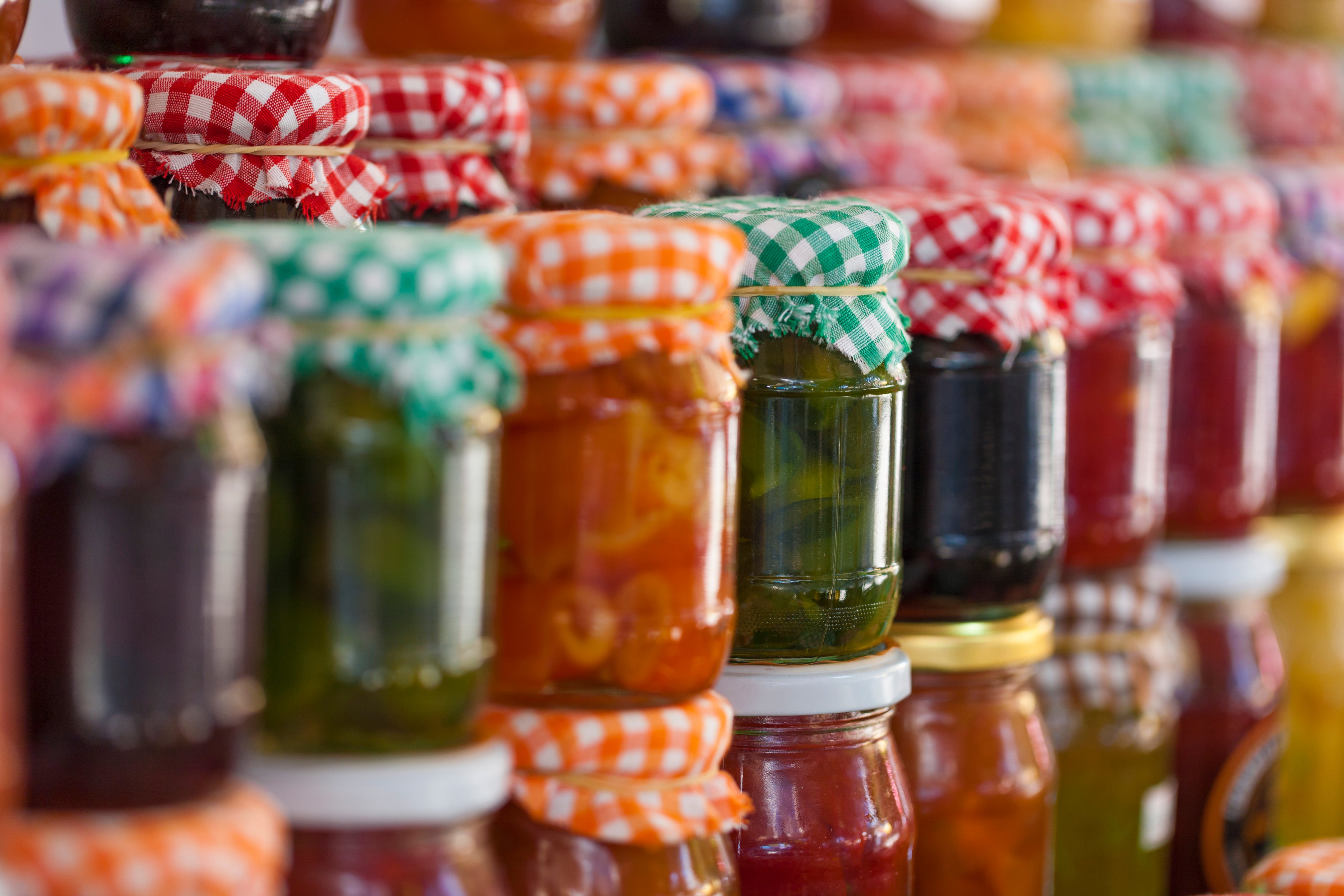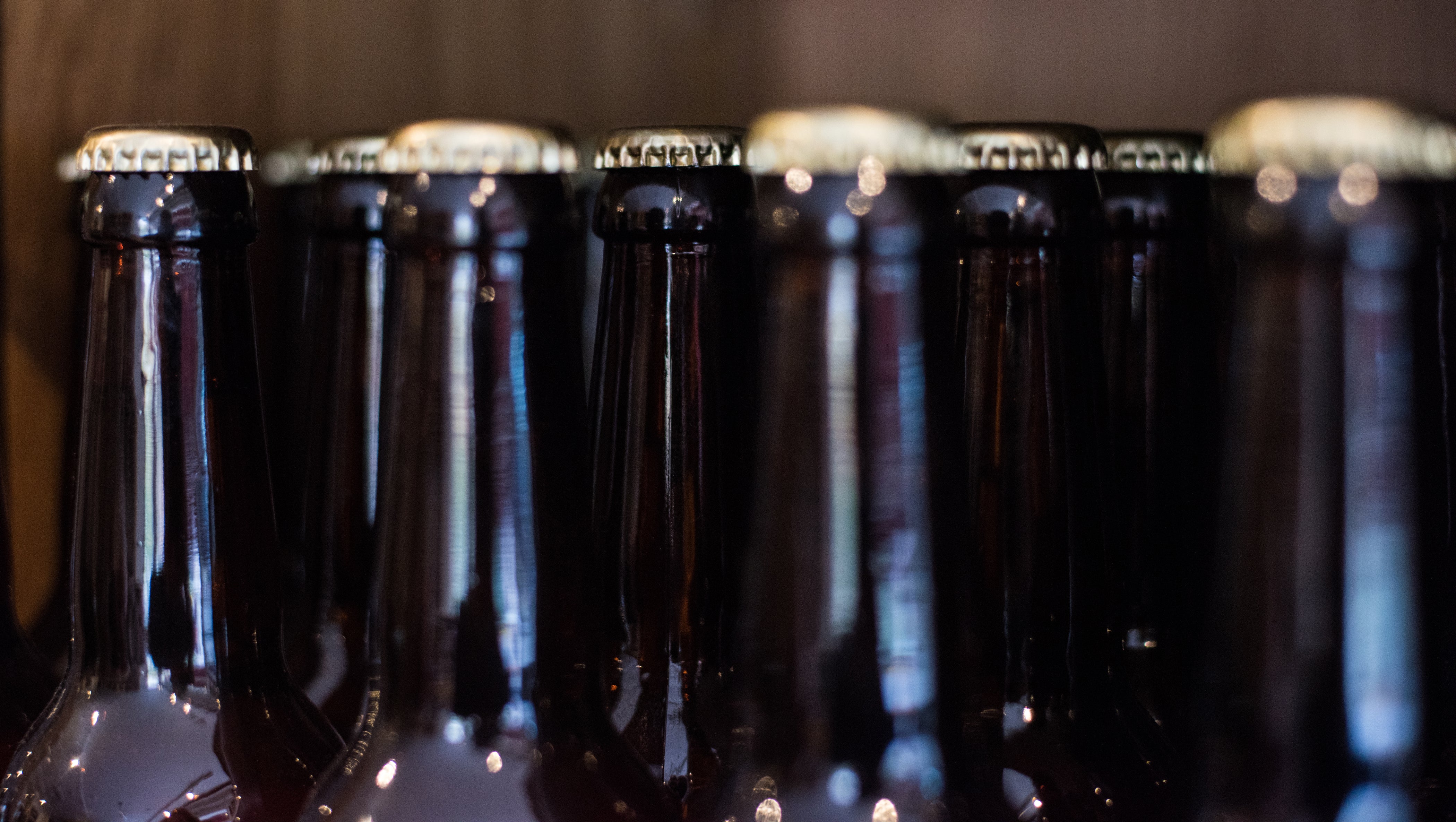Jam is under threat – here’s why your breakfast just got much pricier
Meghan Markle might be a fan of a classic bijou jam jar, but the government’s new glass packaging tax means British artisan makers and heritage brands like Tiptree are facing increasing costs. Could we be pricing out sustainability? Hannah Twiggs finds out


There are few things more British than a piece of toast, generously buttered and topped with a spoonful of strawberry jam. It’s the stuff of rainy mornings, cream teas and pantry shelves lined like museum displays. But there’s a storm brewing in the preserves aisle, and it’s coming for your jars.
The cause? A new glass packaging tax, introduced as part of the government’s packaging extended producer responsibility (pEPR) scheme. In theory, it’s a sound idea: get producers to cover the full cost of recycling their packaging, shifting the burden from local authorities to the companies that make the stuff in the first place. In practice? It’s proving less than jammy for some of Britain’s most iconic food producers.
“Wilkin & Sons have proudly filled in glass jars for the last 140 years,” says Chris Newenham, joint managing director of the manufacturer, which produces Tiptree jams. “Glass for us offers the best balance between maintaining exceptional product quality, being visually appealing and most importantly, is infinitely recyclable.”
Yet under the new scheme, glass is being priced out of the picture. A weight-based system means producers pay by the tonne, and glass, being heavy, racks up a sizeable bill.
British Glass, the trade body representing the industry, has long supported the principle that those placing packaging on the market should contribute to its collection and recycling. “However, the way in which packaging pEPR fees have been structured places a disproportionate burden on glass, despite its high recyclability and well-established closed-loop recycling system,” they tell me.
To put it bluntly: your average jam jar will now cost more to put on the shelf. “The pEPR fee on a standard jam jar would be 5p and by the time the on-costs and VAT is added, the consumer will see a price increase of at least 10p,” British Glass explains. “While competing packaging materials will see a quarter of this additional cost.”
The government has set fees of around £250 per tonne for glass packaging. For plastic, it’s £500 per tonne – but with a crucial twist. Plastic is dramatically lighter, so a typical plastic jar can weigh up to seven times less than its glass counterpart. The result? Glass ends up costing around 3.5 times more per unit in packaging tax than plastic.
“The proposed tax is likely to cost us at Tiptree in the region of an additional £1m per year,” says Newenham. “We can’t imagine that this is what the government intended with this legislation and hope that they will review this position as a matter of urgency.”
Tiptree isn’t alone. Across the sector, smaller producers are facing the same dilemma. Glass, for all its sustainability credentials, is becoming financially unsustainable.

“Many of these businesses operate on tight margins,” says British Glass. “Additional packaging costs could force them to either raise prices for consumers or switch to alternative materials that may not be as recyclable.”
It’s not just a matter of margins. Glass jars, especially in the world of jam, carry a certain cultural cachet. They signal quality, heritage, even trust. Tiptree’s jars, with their silver lids and crisp white labels, are instantly recognisable. To switch to plastic isn’t merely a matter of accounting; it risks compromising the entire brand.
Have they considered it? “Not yet,” says Newenham. “We would like to remain in glass but may have to give this more serious consideration if the proposed tax is not amended.”
The proposed tax is likely to cost us at Tiptree in the region of an additional £1m per year. We can’t imagine that this is what the government intended with this legislation and hope that they will review this position as a matter of urgency
Therein lies the paradox. A policy designed to encourage sustainable practices is, in some cases, nudging producers away from one of the most recyclable materials available. British Glass warns: “We are already seeing evidence of brands moving away from glass due to cost concerns. This undermines the UK’s glass recycling infrastructure and could result in a shift towards less recyclable or single-use alternatives, counteracting the sustainability goals of pEPR.”
So what’s gone wrong? Much of the problem lies in how recyclability is being assessed. The recyclability assessment methodology (RAM) used to determine fees only compares materials within their own type. So glass only competes with other types of glass, rather than with plastic or aluminium. This, British Glass argues, fails to recognise that glass is among the most recyclable packaging materials full stop.
The trade body is calling for several changes. Chief among them is that pEPR fees should be based on volume, not weight. “This is the limiting factor for collection and sorting, and packaging is purchased by units, not by weight,” they argue. They also want all beverage packaging to pay pEPR fees until the deposit return scheme (DRS) is implemented in 2027, to avoid distorting the packaging market in the meantime.
The situation gets even more tangled in the hospitality sector, where glass beverage packaging will pay both pEPR and commercial waste disposal, while metal and plastic equivalents will only pay for the latter.
“Our concern is the imbalance between the costs on glass versus plastic,” says Newenham. “The practical consequences simply have not been thought through.”

For consumers, this might all sound like a storm in a Kilner jar. But the upshot is simple: jam could become more expensive. A 10p increase per jar may seem modest, but across the board – and especially in a cost of living crisis – it adds up. And as producers reassess their packaging, the products themselves could change. The breakfast table might soon look a little different.
It’s not just jam makers sounding the alarm. The glass packaging tax is also sending ripples through the beverage industry, where glass bottles are just as entrenched – and just as heavy.
A 330ml glass beer bottle will now incur a pEPR fee of roughly 5p. Once supply chain markups and VAT are accounted for, the price hike at the till could be closer to 10p. That might not break the bank on its own, but multiply it across every pint and it starts to bite.
The British Beer and Pub Association (BBPA) estimates the new fees could cost the sector up to £160m, pushing up the price of both bottled beers and the beers poured from them. “We are deeply concerned about the disproportionate financial pressure the pEPR scheme places on beverage manufacturers,” says Emma McClarkin, the chief executive of BBPA, in a statement in response to the announcement of the changes at the end of last year. The trade body calculates a 5p increase on every 330ml bottle and 7p on 500ml ones.

In other words, this isn’t just a sticky issue for jam. From beer to cordial to wine, the glass tax threatens to reshape the way many of our everyday products reach our shelves – and what they’ll cost when they get there.
Beyond breakfast, there are bigger questions at play. What does it say about our environmental priorities if glass becomes a luxury material? Is it right that policies meant to reduce waste are, in effect, rewarding plastics?
For now, Tiptree is holding the line. But for how long?
“We are very happy to support the principle,” Newenham says, but “we hope that common sense may prevail.”
The risk is that a policy aimed at making packaging more sustainable ends up doing the opposite. And all because of what we choose to count, and how.
If glass jars start disappearing from shelves, we might just find ourselves longing for the old ones. You know – the ones you washed out, filled with buttons and never quite managed to throw away.






Join our commenting forum
Join thought-provoking conversations, follow other Independent readers and see their replies
Comments